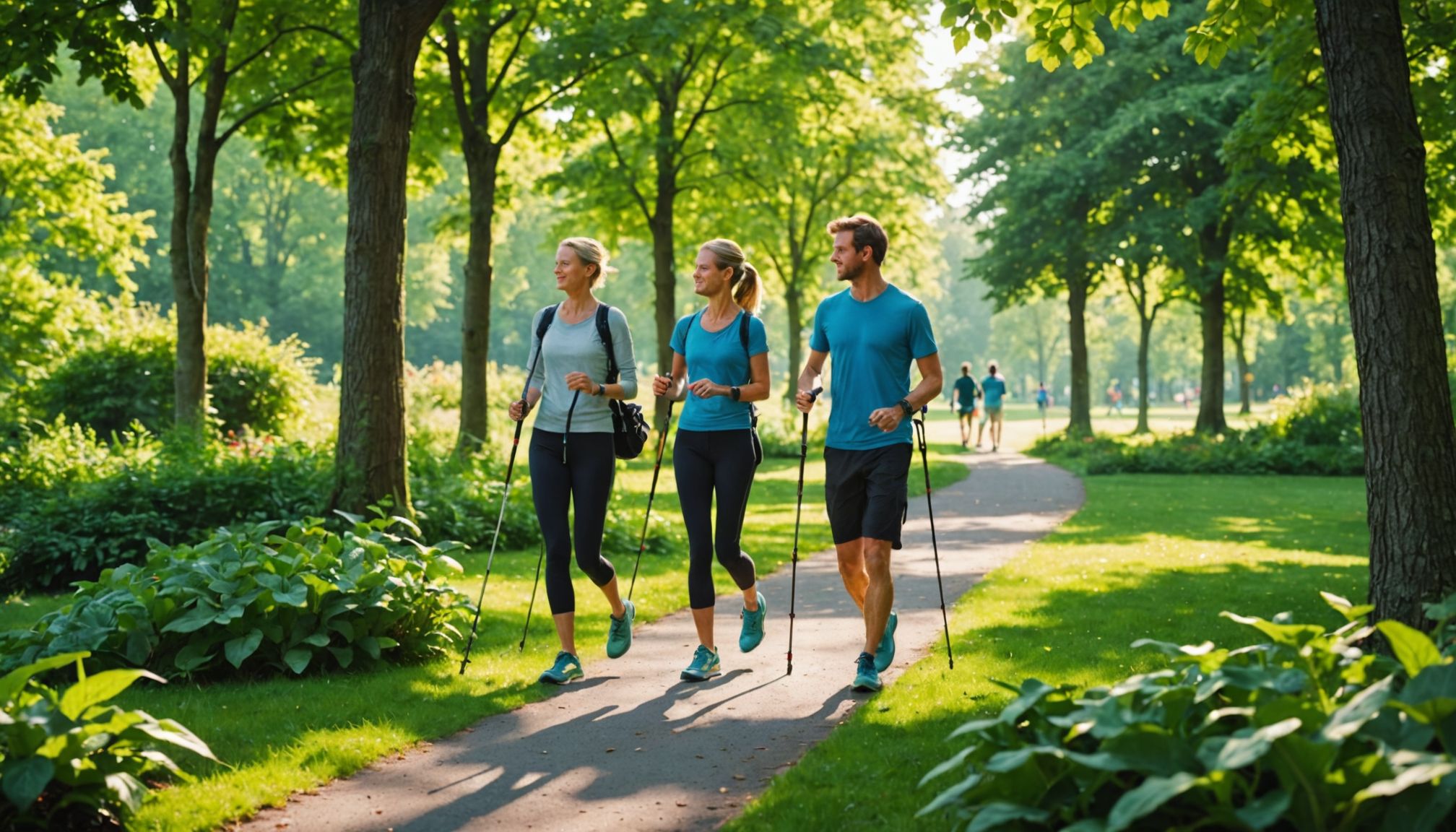Try Nordic walking, wear sunscreen indoors, eat leafy greens — plus 8 more health tips to help you have a great week
Plus, why cheese may be giving you literal nightmares.
Summer blockbuster season is in full swing, and I don’t know what I’m more excited about: going to the movies with my kids (and seeing my fave Pedro Pascal in The Fantastic Four) or eating some popcorn and candy (Red Vines? Yes. Twizzlers? Never). But as anyone who’s ever hit the concession stand knows, it’s easy to go overboard. If you’re planning on catching the summer’s hottest flicks but want to snack smarter at the same time, one of our resident registered dietitians, Lauren Manaker, shares her top picks for healthier movie theater treats. First, let’s start with the good news: You don’t have to give up popcorn — and honestly, can you imagine watching a movie without it? Popcorn is actually 100% whole grain, so it’s a good source of fiber — just be sure to skip the butter. Another good option is Raisinets. Underneath that layer of chocolate are actual raisins, which have a small amount of fiber and potassium. Or grab some Peanut M&M’s, which deliver a boost of protein (about 5 grams per serving) thanks to the nuts inside that candy shell.
Plus, on sweltering days, escaping to a movie theater is a great way to cool off, especially if you don’t have air conditioning at home.
Speaking of temperatures, check your local weather forecast before heading out (and maybe your horoscope too, if you’re curious). Then dive into the small steps you can take to make your week better than ever.
Try Nordic walking
Want to take your walking routine to the next level? Try Nordic walking, which is strolling with long poles (similar to hiking sticks) to get a full-body workout. Experts told Prevention that using the poles works your upper body and can help you burn up to 20% more calories compared with regular walking. Studies show that Nordic walking improves cardiovascular health, upper-body strength and endurance. It’s also a good exercise for those with stability issues since the poles help improve balance. (Here are the best walking poles, according to a personal trainer.)
Poles not your thing? Try taking long walks instead. Recent research out of Norway found that walking for more than 100 minutes every day reduced the risk of chronic lower back pain by 23%. Getting in more steps can also help you live longer, lower your risk of heart disease and increase muscle strength. But even if you can’t log that many steps, you can still reap some benefits by doing a short stroll: Just walking for 11 minutes a day (or about 75 minutes per week) can lower the risk of early death by 23%, heart disease by 17% and cancer by 7%.
Wear sunscreen — yes, even indoors
Sunscreen isn’t just for beach days and sitting poolside. You also get sun exposure while sitting near a window at work and driving in your car (there’s a reason more skin cancer happens on the left side of the face, which is exposed more when you’re behind the wheel). While window glass blocks most UVB rays (which cause sunburns and skin cancer), it allows at least 50% of UVA rays (which cause premature skin aging and can also lead to skin cancer) to penetrate, according to the Skin Cancer Foundation. So, as CNET reported, it’s no surprise that dermatologists say your best defense is to wear sun protection — namely, a broad-spectrum sunscreen with SPF 30 or higher — even when you’re indoors and while driving, which is something I do daily.
Eat leafy greens for heart health
Time to hit the produce aisle: Eating a cup and a half of leafy green and cruciferous vegetables — such as spinach, kale, collard greens and Brussels sprouts — can help improve your cardiovascular health, according to a new Australian study published in the European Journal of Nutrition. Here’s why: These veggies are rich in vitamin K1, which may help prevent the buildup of calcium in blood vessels that’s linked to heart disease. The study found that women who consumed about 30% more vitamin K1 than what’s recommended in the Australian Dietary Guidelines had a lower long-term risk of atherosclerotic vascular diseases (ASVDs), a subgroup of cardiovascular disease. They also had less thickening of the blood vessels in their necks, which is a sign of atherosclerosis. Bonus: Eating leafy greens can also help improve bone strength. Try making one of these 12 recipes featuring collard greens.
Skip cheese if you’re having nightmares
Being lactose intolerant can be a bit of a nightmare (something I know

